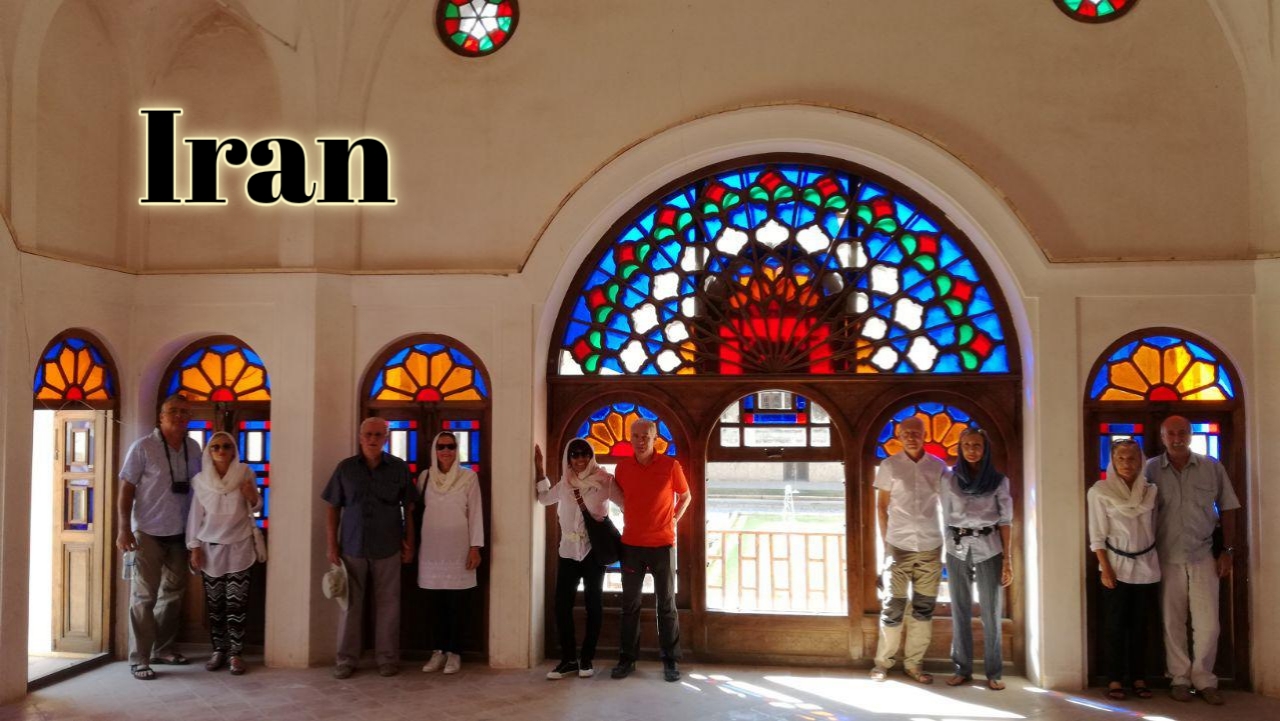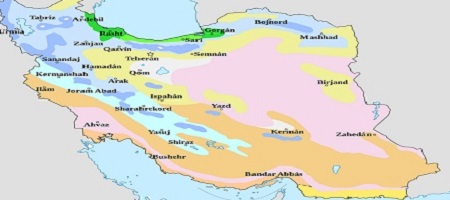

How Great, Old and Mysterious is Iran! -- Sadeq Hedayat
The great Persian poet Sa’di says in a verse, quoting Bozorgmehr, the legendary minister of Anushirvan, the great Sasanian emperor:
“To cast an opinion not by the ruler allowed
Would be to spill one’s own blood”
Writing about Iran could, metaphorically, result in similar punishment. Real blood is no likely to spilled, but there is a risk of emotional and intellectual conflicts on the battlefield of argument!
Iran is a country with thousands of years of history, the great variety of every aspect of which is at least partly responsible for the diversity of opinions and emotions noted above. It is an ancient land of the utmost variety in nature, history, art and architecture, languages, literature and culture.
Persian literatures the most glittering jewel in the crown of Iranian history, the greatest single contribution of Iran to human civilization and the collective product of countless poets and writers, both native and non-native Persian speakers. Persian poetry in particular, famous the world over through the works of Rumi, Hafez, Khayyam, Ferdowsi and Sa’di, is one of the most elevated poetical legacies of humankind, including literary giants who are unsurpassed by any other literary tradition. Iranian architecture, ancient as well as mediaeval, represented by such historic monuments as Persepolis and Jameh mosque of Isfahan, is one of the world’s major cultural legacies.
Spanning more than a thousand years of the visual arts, Persian miniature and modern painting and mosaic designs are related to other artistic traditions but unique in their distinct Iranian identity. Persian carpets in their great variety are the most advanced and the most exquisite artworks of their kind. This does not exhaust the list of Iranian achievements but is sufficient to demonstrate the variety and antiquity of Iran as a major civilization.
Iran is a vast plateau restricted by enormous mountains. The inside of this virtual fort, the sky-high ramparts of which entirely exclude the passage of rain clouds, is rocky wilderness, well-nigh a desert. The outward states are humid and fever is prevalent. For several months they suffer from severe heat. The rustic centers are mostly hamlets or agricultural market towns, sometimes still restricted by ancient defensive walls. The main cities lie on the plain, at the foot of the mountains on the edge, along a non-uniform line of oases which have formed or been utilized at the mouths of spring flux and stream from deep watercourses where the winter snows melt andante. However, these oases are very few in number and little in size and although Isfahan has become a big industrial city, it is because it has a river, Zayandeh Rood, which is nearly dry in summer time, yet is a river nonetheless. In an effort to increment its water volume, part of the course of an affluent of the River Karun, that runs nearby, has been connected with it. About a century ago, Tehran, the capital of Iran, where big amount works for incrementing the water supply have been done in it, was only able to exist thanks to some fifty underground culverts called Qanats, that brought water from sources in the Alborz Mountains about some 20 km away.
Yazd, another industrial city was granted in the same ancient fashion. Golpaygan, Saveh, Damghan, Kerman, Semnan, etc., have been even worse off for water throughout the history.
That is to say, there has been a permanent shortage of water on the Iranian plateau and the small amount there is found in the narrow verge of vegetation that runs along the foot of paramount mountain ranges; even then it is regularly shown by scattered green patches on the edge of the desert. Yet in the ranges of mountains around the edge of the plateau, specially in the Zagros Alborz mountain ranges to the west and north of Iran, there are gigantic, gorgeous valleys. They are richly endowed by nature and in them a big part, much more than was formerly believed, of the ancient history of Iran unraveled. The Zagros range about 1300 km long and 120 km wide, is formed regular parallel folds of roughly the same height. They are separated by depressions 50 or even 100 km long, which are sometimes as much as 25 km wide. Every kind of utmost of climate can be found there, from the harsh heat of the low valleys to the severe cold of the always snow-clad peaks. As a result, therefore, of these variations in altitude, that makes it possible to grow the most different crops, as a result of rainfall on the tilts of the mountains which face towards the sea, and the heat which this region faces because of its relatively southerly height, the Zagros range is a region of numerous resources, appropriate for raising livestock in each season. But exploration of these resources forces a very especial way of life on the inhabitants of the area. At the same time as spring comes the heat drives the herds and their protecters from the low valleys where they have spent the winter, and forces them to make for the peaks where they stay till the late autumn snows send them down once again. Nomadism is the order in these mountains; not, of course, basic nomadism, when whole tribes are perpetually on the move with their herds in search of food and drink, but what that can be called a localized nomadism ( transhumance), from the mountains to the valleys and the other way around. Besides, only a part of the residents of the tribes accompanies the herds while they move; the young children, old people and the frail are settled.
Persia, historic area of south western Asia related with the region which is now modern Iran. It is called “Perse” in French and “Persien” in German. The term Persia was utilized for hundreds of years and arose from an area of southern Iran previously known as Persis, alternatively as Pars or Parsa, modern Fars. The use of the name was slowly extended by the ancient Greeks and other people to apply to the entire Iranian plateau. When the Greeks (from whom European civilizations descended) first came across the Iranians, Persian Iranians were ruling the country as Persian Empire. The people of that region have historically named their country Iran, “Land of the Aryans.” The name was officially adopted in 1935.
The cultural and intellectual menace of the word “Farsi” needs a brief mention. In recent western usage the word “Farsi” has been used alternatively for the Persian language. “Farsi” is the Persian word for “Persian” just as “Deutsch” is the German word for “German” and “Francais” for “French”. But no one would use Deutsch for French when speaking English, even though those words are more familiar than Farsi to the English speaking peoples. Unlike Persian, “Farsi” has no cultural or historical connotations, and hardly any English speaker would have heard of “Farsi literature”, or would be able to locate it if he or she did. To many Europeans, Persian is known as a language of culture and literature, but very few of them would know the meaning of “Farsi” even as a language.
The climate of Iran is highly diverse, ranging from tropical conditions in south in the Persian Gulf and Strait of Hormoz to cool and sometimes freezing cold conditions in the north across Alborz and Zagros Mountains. Temperatures show a strong gradient across regions and seasons, from very high temperatures in southern coastal provinces where the annual average temperatures exceed 40 C, to much cooler conditions in the northern parts of the country along the Caspian Sea and Alborz mountain range with seasonal differences as great as 50 C and 20 C, respectively, between summer and winter in the northern parts.
The Iranian calendar (also known as Persian calendar or the Jalaali Calendar) is a solar calendar currently used in Iran and Afghanistan. It is observation-based, rather than rule-based, beginning each year on the vernal equinox as precisely determined by astronomical observations from Tehran.

